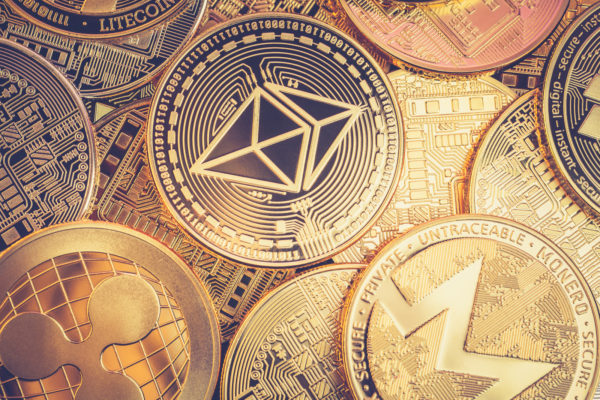Recently, a new trend has taken off in financial circles and online. You may have heard news about digital pieces of art being sold for, sometimes, tens of millions of dollars. You’ve also probably heard these pieces of art be referred to as NFTs, or non-fungible tokens. However, many still struggle to really identify what an NFT is, or what it’s for.
To understand NFTs, it is important to understand the system they exist in. NFTs are part of a blockchain, which is a large, decentralized set of highly protected data. These blockchains protect data and make it available to only those authorized to view it.[1]
Blockchains can be used for many different purposes, but the two most well-known applications are cryptocurrency and NFTs. A cryptocurrency is essentially a digital currency protected by the blockchain and not created by a central authority.[2] This makes the cryptocurrency extremely difficult to counterfeit, as well as relatively free of governmental influence.
Likewise, an NFT is a piece of digital content which has been embedded in the blockchain for Ethereum, a cryptocurrency. Being embedded in the blockchain makes NFTs, be they pieces of art, documents, or any other information, completely unique and identifiable. This makes the owner of the NFT verifiable, making the actual ‘ownership’ of digital content possible [3]. Many, such as Mitchell Clark from The Verge, liken it to owning the original of a famous painting. Despite the numerous copies available of almost any famous painting ever created, there will always only be the one original. NFTs work on the same concept of ownership. Anyone can download the image of an NFT, but it still won’t be the NFT, as the copy lacks the verification from the blockchain.
So, now that we know a little bit more about NFTs, one may ask what the implications are for such items? It seems that much of the focus on NFTs is around the sale of digital art. As mentioned above, the draw of some to NFTs is the ability to be a verified owner of a digital piece of content. This has seen digital artwork explode in price, with some NFT art pieces going for well over $50 million. This, though, carries many of the hallmarks of an economic and cultural bubble, such as the rapidly inflating price of many NFTs, and a staggering number of scams being conducted.
However, NFTs are not just art and inflated prices. As stated before, any form of digital content can be an NFT, and having the ability to verify the authenticity and ownership of a document digitally, without the need of paper copies, authentication numbers and the like. These types of NFTs could work to counteract the counterfeiting or forging of documents such as contracts or deeds to property.
In the end, we will just have to wait and see if these more useful forms of NFTs manage to gain a larger foothold in everyday life, or if their poor reputation and nebulous existence proves too much to overcome.
[1] https://www.ibm.com/topics/what-is-blockchain
[2] https://www.investopedia.com/terms/c/cryptocurrency.asp
[3] https://www.theverge.com/22310188/nft-explainer-what-is-blockchain-crypto-art-faq




